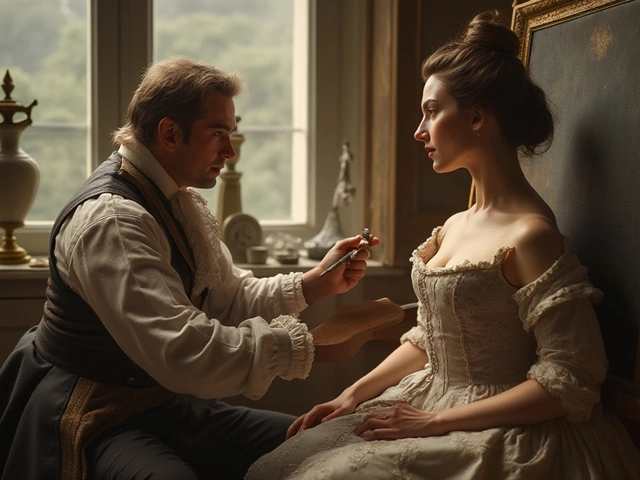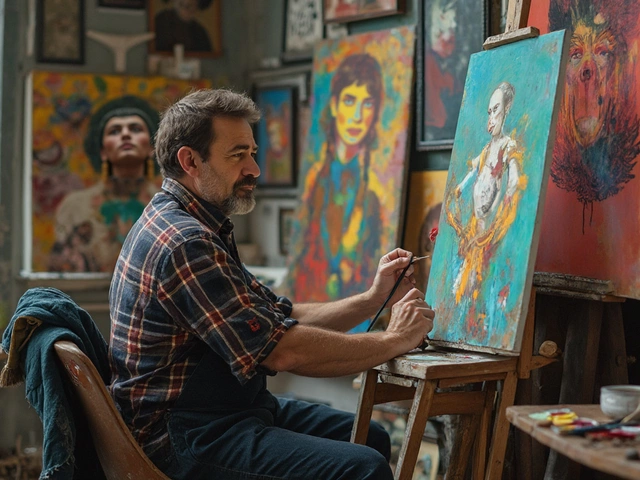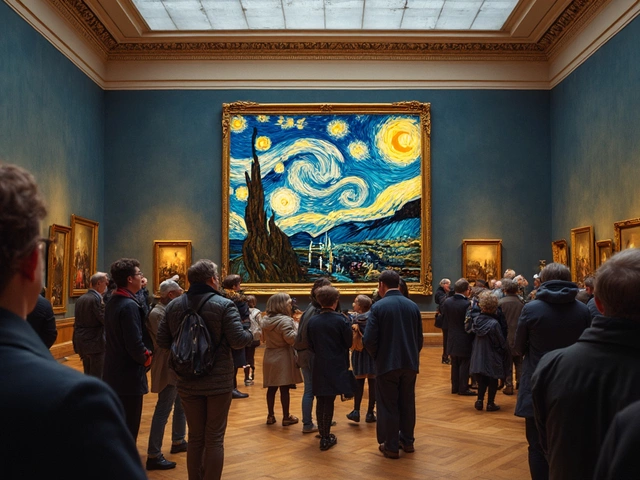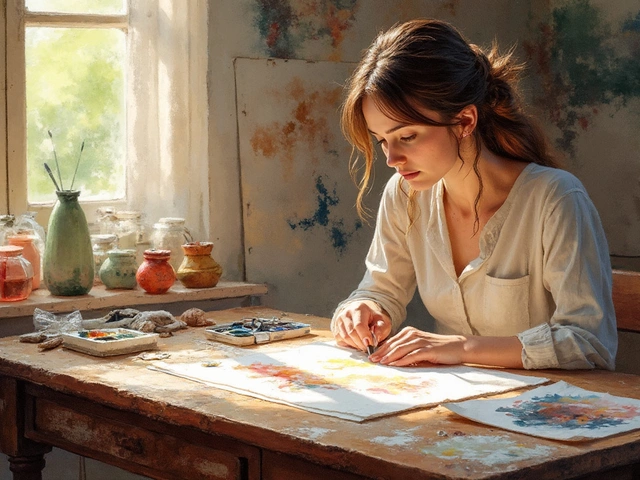Early Human Art: From Cave Walls to Today’s Studios
When looking at early human art, the visual output of our ancestors during the prehistoric era. Also called prehistoric art, it includes hand‑stenciled figures, animal motifs, and abstract signs that made the first visual language on earth. This cave painting, large murals found in limestone shelters across Europe and Asia represents the most famous slice of the genre, while petroglyph, carved or pecked images on rock surfaces shows how early creators adapted to harder stone. Early human art encompasses both of these forms and sets the stage for every visual practice that follows. It also plants the seed for the abstract gestures you’ll see in modern digital pieces, proving that the urge to turn a surface into a story never faded.
Why It Still Matters for Artists and Researchers
Understanding archaeology, the systematic study of past human activity through material remains lets us decode the pigments, tools, and techniques early people used. Those studies reveal that natural ochres, charcoal, and bone ash acted as early palettes, a fact that modern painters often mimic to achieve raw, earthy tones. anthropology, the discipline that interprets cultural meaning behind human behavior connects the dots between the symbolic content of a hunting scene and the social structures that produced it. Together, archaeology and anthropology show that early human art isn’t just decoration; it’s a communication system that influenced narrative strategies across centuries. That link explains why today’s abstract artists borrow the same bold contrasts and simplified silhouettes found on Paleolithic walls, and why digital creators often cite these ancient images as inspiration for new visual vocabularies.
What you’ll find below is a curated mix of articles that bridge that ancient‑modern gap. From guides on turning sketches into digital art to deep dives on abstract rules, each piece reflects a thread that can be traced back to those first cave markings. Whether you’re curious about how pigment chemistry informs oil‑painting techniques, or you want to see how landscape composition evolved from stone engravings to contemporary canvases, this collection gives you practical insights rooted in the legacy of early human art. Dive in and discover how the oldest visual stories still shape the way we create, study, and enjoy art today.
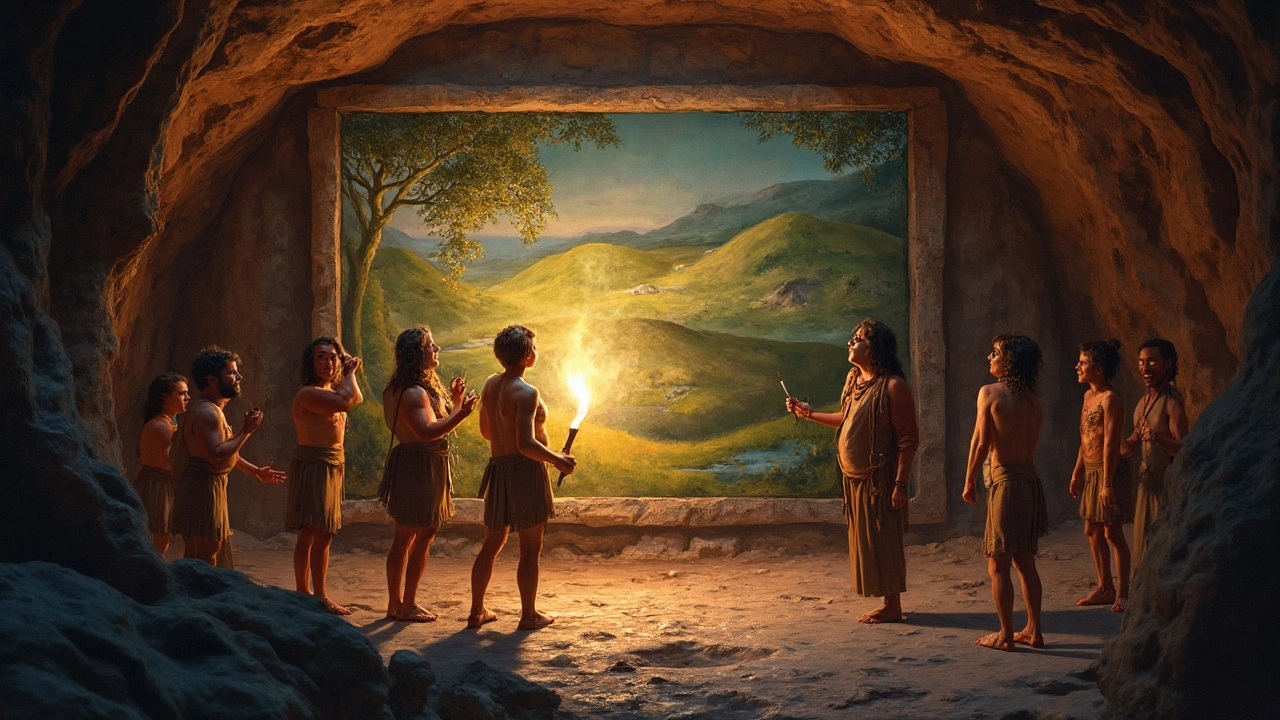
This article uncovers the oldest known landscape painting and explains how it was discovered. It explores why ancient humans started painting nature, what makes this specific artwork special, and what it teaches us about early creativity. You’ll see how landscape paintings have changed and why this matters if you love art or history. Get ready for surprising facts and practical tips if you want to spot ancient art details yourself.
